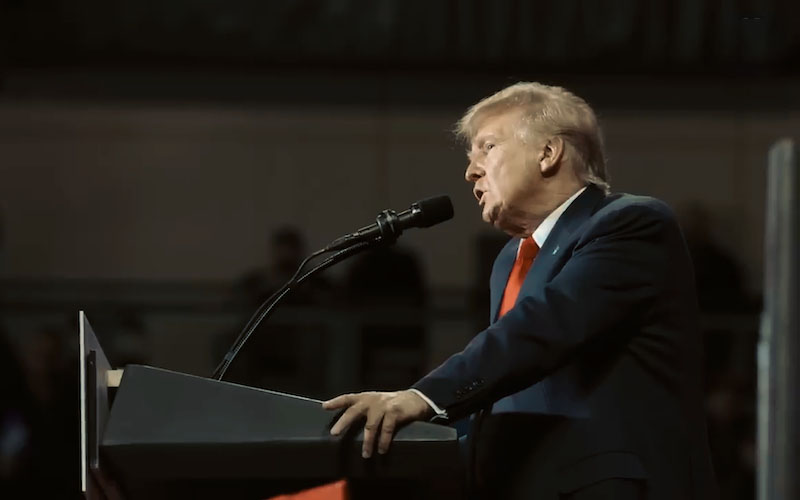Gold's epic flash crash reveals key signals! Is this a bullish counterattack or a deep correction?
2025-10-24 12:08:46
However, this raises new questions: Can buyers push prices to new highs, or will the market enter a deeper correction?

Gold market signals rebound after historic one-day drop
Market volatility kicked off on Monday, with spot gold hitting a record high of $4,381.29 per ounce. However, this resurgence was short-lived, with gold prices plummeting by over $290 per ounce on Tuesday. While the correction was significant, considering gold's impressive 57% year-to-date gains, this technical correction remains reasonable.
This is the first time that gold has experienced a deep retracement since it started its rally from $3,358 two months ago. The subsequent cross star formed on Wednesday suggests that the underlying bullish momentum remains solid.
Technical analysts identified the candlestick pattern of the day as a long-legged doji, characterized by a lower shadow five times the length of the real body. This exceptionally long lower shadow indicated strong buying at low levels, with the market actively building and covering positions, ultimately driving gold prices back from the intraday low to close at $94.
While any doji pattern could signal either consolidation or a trend reversal (and the candlestick color is irrelevant), the current market trend is increasingly reinforcing the latter possibility.
Thursday's positive price action further confirms that a market turning point is forming and gold may continue its journey to revisit its all-time high.
The positive candlestick closing on Thursday continued a significant pattern: in the one-month rising market, gold has never closed down for two consecutive trading days. Instead, it has built a new support platform after each pullback and then broke through the previous high - the current market is repeating this operating pattern .
Examples of Parabolic Rallies in Gold History
Gold prices began the week on a parabolic upward trajectory, but the $4,380 level proved crucial. Not only did the price suppress last week's high, but it also re-entered the market at the start of the week, forming a double top pattern. This formation typically signals a bearish breakout, and Tuesday certainly saw one of the largest single-day sell-offs in gold's history, with bears taking full control.
A quick look back at gold's previous parabolic rallies shows that such price surges are often followed by prolonged periods of profit-taking. However, a pullback in gold prices doesn't necessarily signal a bearish takeover—the final two months of last year and this year's four-month consolidation period both formed bullish pennant patterns.
However, when the gold price hit the $2,000 mark for the first time, there was a divergence: the market broke down and fell into a range of fluctuations, and then started a mean reversion process that lasted for more than three years.
Therefore, the question now remains to be debated whether the sell-off in the gold market so far is the beginning of a larger consolidation or digestion pattern, or a correction that has not been evident in the parabolic run of the past nearly two months.
The daily chart is more favorable for a rally as two days of selling have found buyers just above the $4,000 level.
For bargain hunters, a hold above $4,000 and a subsequent rebound offer attractive value opportunities. However, the key question now is whether bullish momentum can regain control of the market, which largely depends on whether long-term bulls will use this rebound to book profits.

(Spot gold daily chart, source: Yihuitong)
Looking ahead, Friday evening's CPI report, which was expected to significantly impact gold prices despite being delayed due to the government shutdown, remains a key catalyst. The consensus forecast for last month's year-on-year inflation rate is 3.1%, a forecast already priced into the current gold price. If the actual data significantly exceeds expectations, it could fundamentally alter market expectations regarding the timing and magnitude of future Federal Reserve rate cuts—precisely one of the core drivers of this recent surge in gold prices.
At 12:07 Beijing time, spot gold was trading at $4115.86 per ounce.
- Risk Warning and Disclaimer
- The market involves risk, and trading may not be suitable for all investors. This article is for reference only and does not constitute personal investment advice, nor does it take into account certain users’ specific investment objectives, financial situation, or other needs. Any investment decisions made based on this information are at your own risk.





















